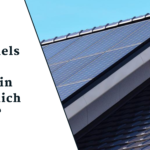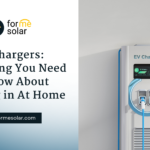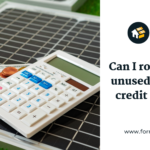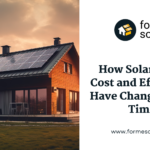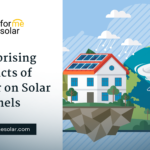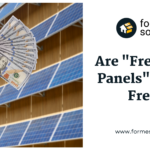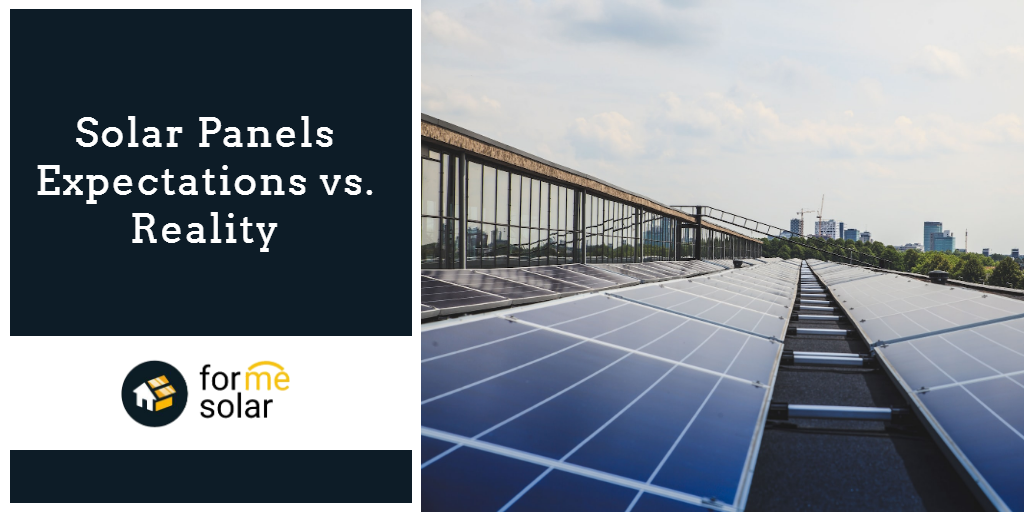
Table of Contents
Solar Panels Expectations vs. Reality
Despite the growing demand for solar power, there are still those who remain unconvinced about its benefits and advantages. They most likely still have some misunderstandings or are living in a bubble that prevents them from seeing how useful and beneficial solar energy may be in their life. Don't worry if you're one of these folks. It's not too late to educate yourself and read an interesting site like this one. We gathered some people's expectations about solar and the facts behind them.
Weather
Expectations:
Some people think that the solar energy system is beneficial for people who live in sunny areas, where they get enough sunlight on their solar panels to generate enough electricity. In cloudy or overcast weather, however, the system generates less electricity than it would in a sunny area.
Reality:
Solar panels are effective in generating electricity during the day and night, but they also generate power on overcast days. The amount of power generated varies based on the solar panel's condition; however, it will always provide a constant amount of energy regardless of the weather conditions.
Impact your roof
Expectations:
Because a solar panel is a substantial installation, some homeowners worry that it could harm their roof during installation or maintenance.
Reality:
Solar panels do the opposite; they protect and safeguard a roof by shading it from intense sunlight. If there needs any repairing in the solar panel, it can be easily removed and re-installed without causing any damage. The major thing that one should keep in mind before installing solar panels is that their roof should be proper, clean, and dry. Although installing solar panels won't damage your roof, there are still several common blunders individuals make throughout the process.
Life of solar panel
Expectations:
A lot of homeowners thought that solar panels need to be replaced frequently, and they need to spend more money doing so.
Reality:
Most solar panels on the market have a 25-year standard warranty, which means that power output should not be less than 80% of evaluated power after 25 years. Solar panels are developed for sleet and freezing temperatures as well as hail protection, which makes them ideal for installations in locations with seasonal changes in weather patterns. Do not hesitate to install a solar energy system—just install the one that works best for you over many years to come.
Return on Investment
Expectations:
Many people expect it will take years or decades before they are able to save enough money to become economically feasible.
Reality:
But as recent technological advances have led to increased efficiency in solar energy systems, as well as emerging financing alternatives, companies are offering customers a full return on their investment at the earliest opportunity. As one with rebates and different incentives, some customers experience a full ROI in a year or less; however, the average is around two to three years. Once you install solar panels with knowledge of all benefits, forecast to start saving money from day one which will help in making extremely cost-effective infrastructure upgrades over your lifetime.
Maintenance Requirement
Expectations:
Most people believe that after installing solar panels on their roofs, they will need to spend more money on maintenance and repairs. They also believe that a grid-based electrical system is easier to deal with than a solar-based one.
Reality:
Solar panels require little maintenance, requiring only occasional washing of dirt and dust from the panel surface. This cleaning routine ensures that the sun's light can shine brightly on the panels, maximizing the amount of power they produce. Watch out for leaves or snow falling on the panels so you can remove them as quickly as possible.
What are The Objectives of Renewable Energy?
Since the beginning of the industrial revolution, Earth’s climate has been changing rapidly. The average temperature on our planet is increasing at a very high rate due to natural change, and a small change in these variables affects life on earth significantly. That includes humans. Slowing or reversing this development is now a top priority. One action for that is adopting renewable energy technologies such as wind and solar power to replace fossil fuels as a major source of energy in order to reduce pollution and increase global warming resilience.
Non-renewable energy sources cannot be replenished at a faster rate than the rate at which they are consumed. This means that eventually, these sources will run out, and humans would be left without an adequate supply of energy. Experts predict that coal will only last 40 years more before it is exhausted. If we rely entirely on non-renewable sources for our power and transportation needs, human civilization will collapse as those supplies run out.
Using sustainable energy can help you save money. Aside from installation and maintenance fees, most renewable energy sources are free. People that use a lot of fossil fuels for transportation might save a lot of money by shifting to electricity or an alternative fuel like hydrogen. Oil-importing countries can reinvest that money in long-term development projects rather than short-term consumption.
Renewable energy expectations are becoming a reality
Even though we are not transitioned, certain renewable energy expectations are becoming a reality.
Affordable energy
In 1954, when solar panels were first introduced, their cost was a major problem. A single solar cell was $76 in 1977; however, now a single solar cell is only 50 cents. Many households have solar panels installed on the rooftops of their homes. Solar panels last a long time and maintenance costs are minimal for household use.
Ten years ago, most people could not afford an electric car. Manufacturers release new products every year and the competition benefits consumers. Electric vehicle batteries last longer now than they did 10 years ago. Tesla provides supercharge stations for their vehicle for free; this makes it possible for consumers to get rid of internal combustion engine cars soon.
The Rapid Growth Of Renewable Energy In Recent Years Has Been Unprecedented.
Solar and wind power accounted for only 1.7% of total global energy consumption in 2010, but by 2020 they are expected to account for 8.7% of the world's electricity supply. The International Energy Agency predicts that we can generate 550 Terrawatt hours of electricity from renewable sources by 2020.
However, the goal was achieved in 2018—which means that renewable energy is a more exponential process than a linear one. The most populous countries in the world generate this amount of power overall from renewable sources:
- European Union – 37.5%
- United States – 20.1%
- China – 29.8%
- India – 13%
- Indonesia – 12%
- Pakistan – 36%
The total capacity of renewable energy is expected to increase significantly, with 139 countries in the world planning to go 100% green in 2050.
Conclusion
Solar power systems continue to be a great investment for the environment and your budget. Even though they are expensive at first, they have many benefits for our environment and ourselves. Allocating some budget and planning to have one soon or in the near future is a great goal to have.
The most obvious benefit of solar power is that it helps reduce pollution by reducing the use of fossil fuels and other harmful chemicals. In addition, when you switch from using electricity from an external source (which can be costly) to using solar power, you are also reducing your carbon footprint.
When you consider all these benefits, it's easy to see why more and more people are choosing solar power as their primary method of energy production.
Forme Solar is happy to share some of our experiences with you, but we also welcome your input on PV systems. If you have questions about PV systems, please contact us.

